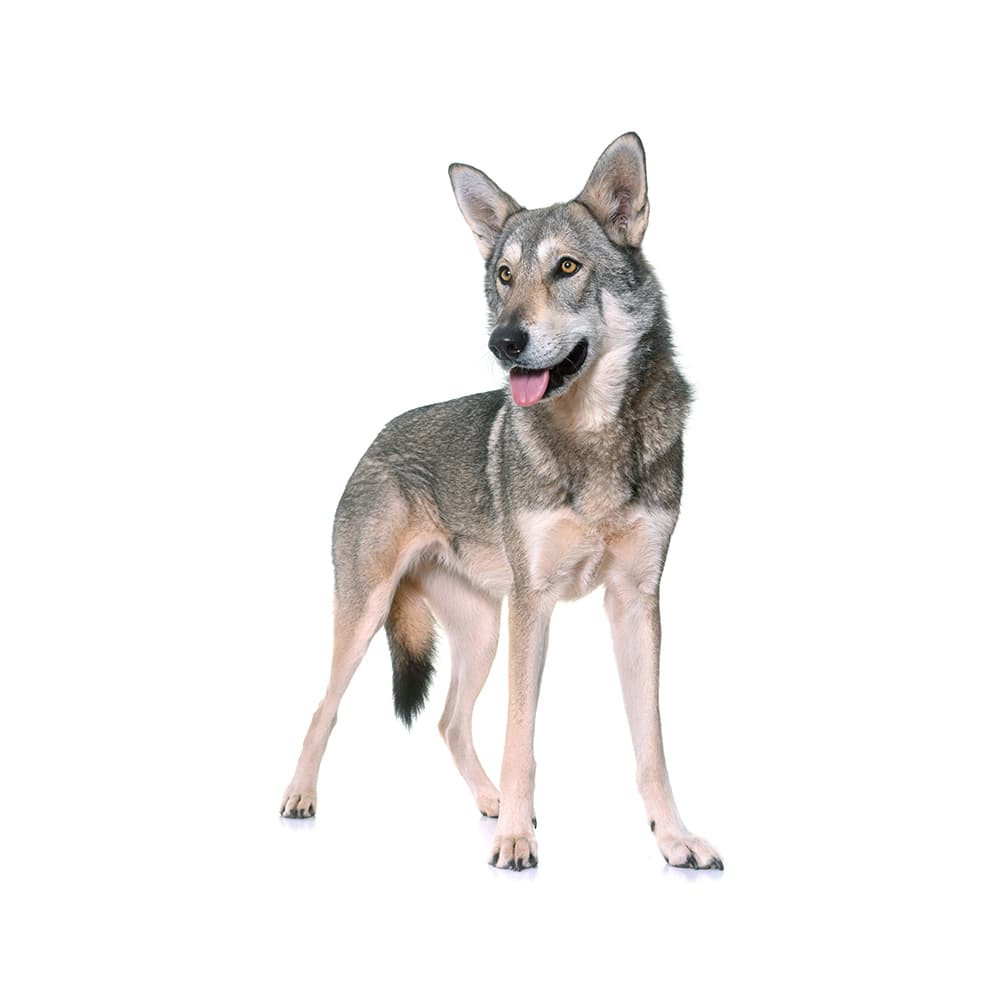Discover your dog's connection to this breed and 200+ others


Discover your dog's connection to this breed and 200+ others



The Saarloos Wolfdog, also known as Saarloos Wolfhound, is a relatively recent dog breed, officially recognized by the Fédération Cynologique Internationale (FCI), the international canine organization. The Saarloos Wolfdog is a unique breed of dog that originated in the Netherlands. It was created by a Dutch breeder named Leendert Saarloos in the 1930s, who aimed to breed a robust canine that would be less prone to diseases that domestic dogs commonly suffered from. He crossed a German Shepherd with a Eurasian Grey Wolf to create the Saarloos Wolfdog. Saarloos believed that domestic dogs were becoming too domesticated and losing their natural abilities. He aimed to restore these qualities, creating a breed with the robustness of a wolf and the reliability of a dog. However, the Saarloos Wolfdog retained many characteristics of wild wolves, making it significantly different from other dog breeds.
As a breed developed with the infusion of wild genes, Saarloos Wolfdogs are generally robust and healthy dogs. As a larger breed, they are at risk for developing orthopedic problems, such as hip and elbow dysplasia. Genetic testing is recommended, including for the following specific conditions: hyperuricosoria, degenerative myelopathy, and progressive rod-cone degeneration.
Saarloos Wolfdogs are known to be reserved, independent, and loyal. They tend to form strong bonds with their family members but may be cautious or aloof with strangers. They are not typically aggressive but can be protective when necessary. Saarloos Wolfdogs have high energy levels and require plenty of exercise and mental stimulation. Due to their wolf heritage, they also have a strong prey drive and may not be suitable for households with small pets. They can also be vocal.
The breed's namesake, Leendert Saarloos, never intended for the Saarloos Wolfdog to be a pet. He wanted them to be service animals, working in roles such as guide dogs for the blind.
Despite their wolf-like appearance, Saarloos Wolfdogs are still more dog than wolf. They are not hybrid animals; they are a recognized breed with a significant wolf ancestry.
The Saarloos Wolfdog breed can howl like a wolf, which is not common in most dog breeds.
https://vgl.ucdavis.edu/breed/saarlooswolfhond
https://www.fci.be/en/nomenclature/SAARLOOS-WOLFHOND-311.html https://www.ukcdogs.com/docs/breeds/saarloosewolfdog.pdf
Recommended by top vets with decades of experience
21 breeds
64 genetic health markers
50 genetic trait markers
